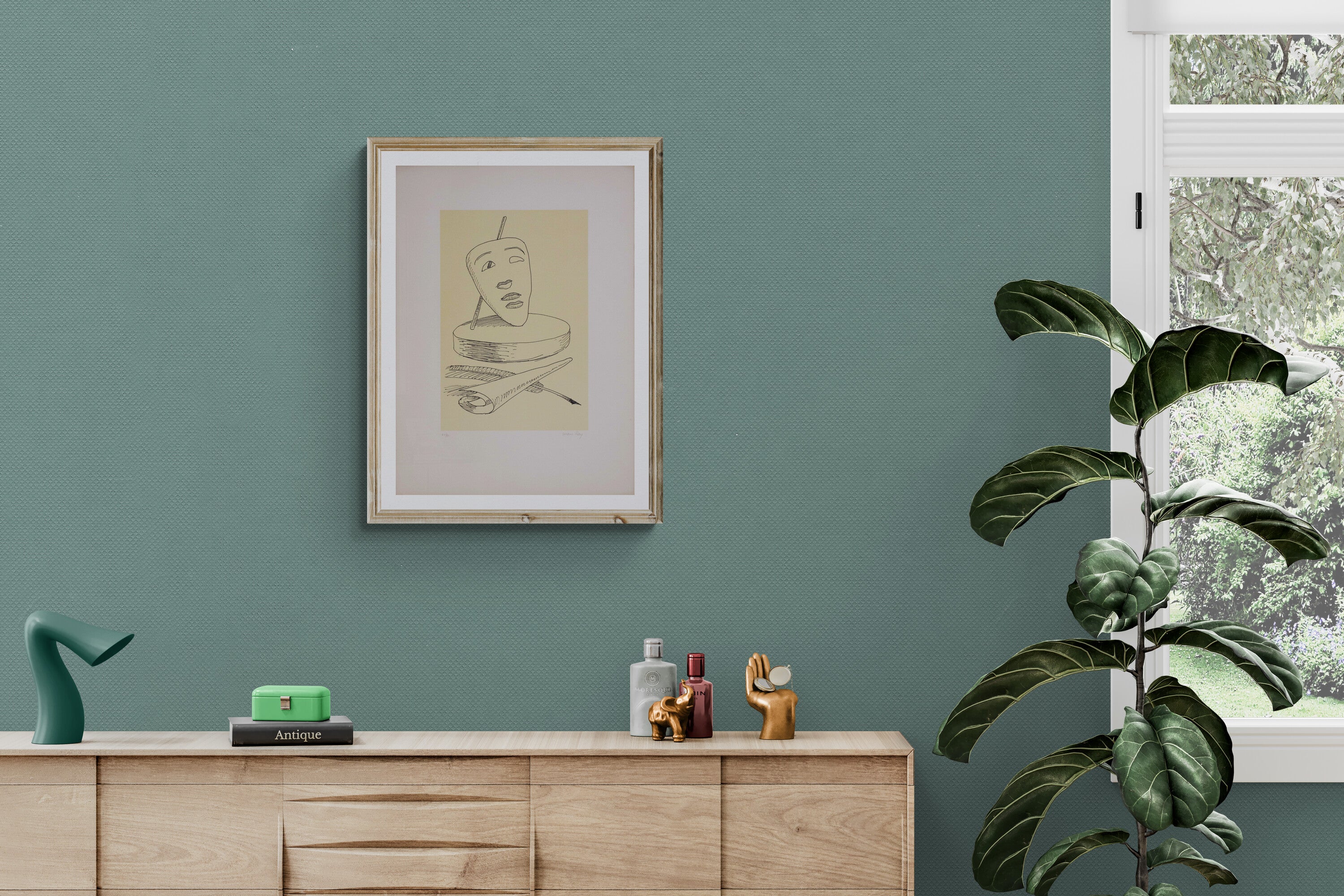GERARDO DOTTORI
Gerardo Dottori (Perugia, November 11, 1884 – Perugia, June 13, 1977) was one of the most important Italian artists of the twentieth century and represents a central figure within the Futurist movement. Dottori, a signatory of the Aeropainting manifesto, contributed originally to defining the visual and poetic language of Futurism, an avant-garde artistic and cultural movement.
Gerardo Dottori was born in Perugia to a humble family: his father Ezio was a mattress craftsman and his mother Colomba Luisa Gambini died prematurely, leaving young Gerardo an orphan at only eight years old. Economic difficulties pushed Dottori to work from a very young age. After completing elementary school, he enrolled in evening courses at the Academy of Fine Arts of Perugia and, to support himself, worked at an antique dealer's shop.
In his youth, he approached Umbrian landscapes and began painting en plein air, showing an interest that would accompany him throughout his life: that for landscape and nature, in a perspective of synthesis and "total" vision. Around 1909, his first contacts with avant-garde ideas intensified, thanks to journalistic reports that also filtered into the "provincial" Perugia. In 1910, he began collaborating with the Florentine magazine La Difesa dell’Arte, which hosted contributions related to the emerging Futurism.
In 1911, Gerardo Dottori went to Rome, where he came into contact with the protagonists of the Futurist movement, including Giacomo Balla. From that moment, he firmly joined the group and in 1912 founded the first Umbrian Futurist group. In 1915, he volunteered for the Great War, an experience that deeply marked his artistic and poetic sensitivity.
After the war, Dottori returned to Perugia and resumed his painting activity at full speed. In 1920, he held his first solo exhibition in Rome, at the Bragaglia gallery. In the same year, he founded the magazine Griffa!, dedicated to spreading Futurist ideas in Umbria.
In 1924, he was the first Futurist to exhibit at the Venice Biennale, receiving critical recognition for his Umbrian landscapes reinterpreted according to a new Futurist conception: a landscape seen from above, synthetic, which overcame the traditional horizon line. This marks the maturity of the Futurist Dottori, who knew how to combine modern dynamism with his Umbrian roots.
The highest moment of his Futurist career was reached with the signing of the Aeropainting Manifesto in 1929. Gerardo Dottori not only fully adhered to aeropainting but was one of its most faithful and innovative exponents, interpreting the theme in a lyrical and contemplative key, with Umbrian landscapes captured from above in an almost mystical dimension.
During the 1930s, the Futurist Dottori stood out for his independence compared to other artists of the "second Futurism": while some exponents approached Surrealism, Dottori remained tied to dynamism and emphasis on nature.
In 1939, he obtained the chair of Painting at the Academy of Fine Arts of Perugia and decorated the apse of the church of Santa Maria Maggiore in Bettona. In the following years, he continued to exhibit in national and international exhibitions and, despite the decline of the Futurist movement, Gerardo Dottori always remained faithful to the principles that had guided his poetics.
In his last years, he received important recognitions and participated in retrospectives dedicated to Futurism. Gerardo Dottori died in Perugia in 1977 and today rests in the monumental cemetery of his hometown.
Gerardo Dottori artworks
To fully understand the work of Gerardo Dottori, it is essential to consider his main contributions within aeropainting, the distinctive stylistic hallmark of his artistic production. When speaking of Gerardo Dottori's artworks, one refers in particular to those canvases in which the artist poetically interpreted the Umbrian landscape seen from an aerial perspective.
Among the most famous artworks of Gerardo Dottori are Primavera umbra and Incendio in città. These artworks perfectly embody the spirit of aeropainting: images perceived from great heights, characterized by a swirling movement and a dynamic composition that captures the essence of flight and speed.
Dottori's aeropainting is able to synthesize the most authentic values of Futurism but stands out for a lyrical and spiritual tone that makes it unique. Many of Gerardo Dottori's artworks are today preserved at the Civic Museum of Palazzo della Penna in Perugia.
















